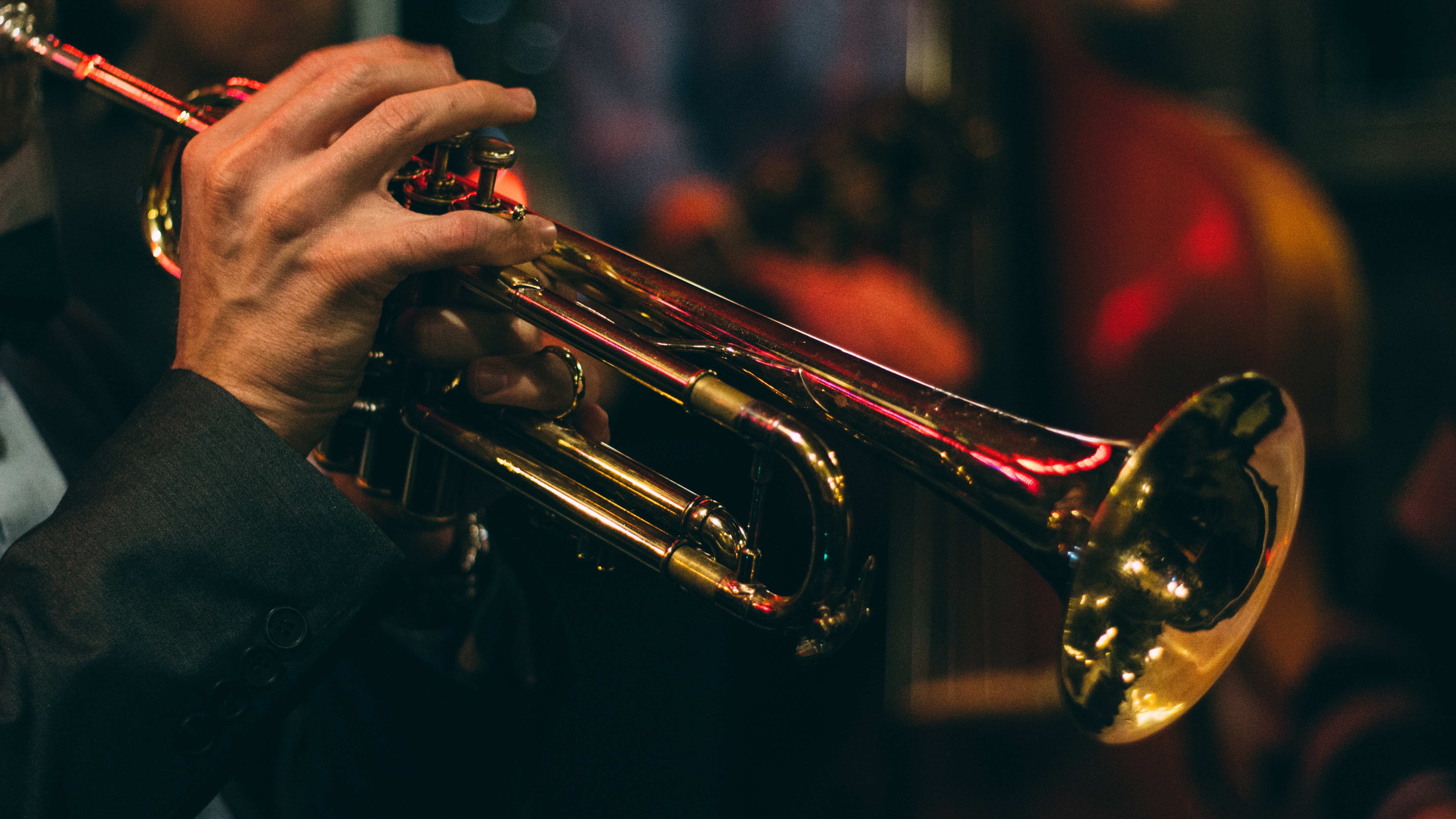From the lyric poetry of ancient Greece to modern day hip-hop, poetry and music have been intertwined for centuries. Both music and poetry make use of rhythm, repetition, and wordplay to communicate emotion and resonate with the audience. However, a special infusion of the two art forms emerged in the 1920s: jazz poetry.
At the turn of the 20th century, both jazz and poetry saw a massive shift: one toward a lack of formality and conventional style, thanks to the emergence of the modernist poetry movement and the growing popularity of jazz music. This eventually gave rise to the art of jazz poetry. Simply put, jazz poetry is poetry informed by jazz. Jazz poetry can be about jazz, or it can sound like jazz, though scholars argue which of the two is the true definition of jazz poetry.
But the axis on which jazz poetry turns is its refusal to be defined. Conceived within the Harlem Renaissance, the art of jazz poetry is a form of expression that remains resistant to the mainstream. Poets once constrained by the formalities of traditional poetry were able to take the improvisational, rhythmic, and raw expression of jazz and infuse it with their writing.
This deeply personal yet collaborative art form was championed by influential poets like Langston Hughes. Largely considered the father of jazz poetry, Hughes broke new ground in when he experimented with syncopated rhythms and repetitive phrases that mimicked jazz and blues in his poetry, even incorporating slang terms and jazz jargon throughout. In his 1926 essay, “The Negro Artist and the Racial Mountain,” Hughes writes:
“But jazz to me is one of the inherent expressions of Negro life in America; the eternal tom-tom beating in the Negro soul—the tom-tom of revolt against weariness in a white world, a world of subway trains, and work, work, work; the tom-tom of joy and laughter, and pain swallowed in a smile.”
In 1958, Hughes collaborated with jazz legend Charles Mingus and British jazz musician and writer Leonard Feather to create the album Weary Blues, in which Hughes recites poetry over jazz and blues melodies. Hughes’ 1928 poem of the same name is coined one of the first works of blues performance literature, combining blues and jazz with personal experience. Hughes writes:
With his ebony hands on each ivory key
He made that poor piano moan with melody.
O Blues!
Swaying to and fro on his rickety stool
He played that sad raggy tune like a musical fool.
Sweet Blues!
Coming from a black man’s soul.
O Blues!
But Hughes wasn’t the only one putting jazz into words. He credits songwriter and bandleader Benton Overstreet, songwriter and pianist Mule Bradford, and even lyricist Ira Gershwin for their lyrical contributions. Hughes was a firm believer that jazz is a form of communication that surrounds all of us. Evidence of jazz and jazz poetry can be found nearly anywhere—from the spoken word stylings of the beat movement to the rise of rock n’ roll, and from the golden age of hip hop to today’s top hits. At the 1956 Newport Jazz Festival, Hughes put it best: “Jazz is a heartbeat—its heartbeat is yours. You will tell me about its perspectives when you get ready.”




